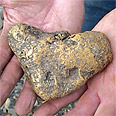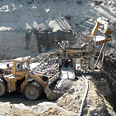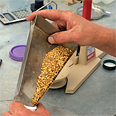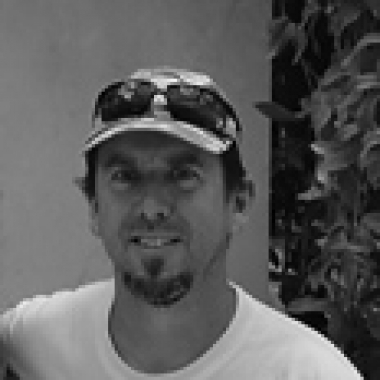All Articles
BLM Runs Check on Assay Services
May 2003 by Scott Harn
The Bureau of Land Management (BLM) recently conducted a multi-year study of sixty-five assay laboratories to determine the accuracy of their testing procedures. The laboratories, all located in North America, were provided with ore samples of known concentrations without benefit of identifying the source as BLM. Payment was rendered for the service provided.Most laboratories involved were sent 4 samples containing known values of gold, silver, platinum, and palladium, and 2 samples that were complex blanks. Prices charged for assay services varied from $60, for fire assays, to $2,250 for a “tin fusion method.” In our review of the report, price did not seem to be reflected as a determining factor for accuracy. In some cases, a lower cost for service provided a more accurate assay.
The results of assays conducted are compiled in a 34-page report, including 16 pages detailing the reasons for and methods used in the study, and 18 pages of results. The volume of the report does not allow for inclusion in this publication, but ICMJ’s Prospecting and Mining Journal has made the entire document available free on our web site:
Study preface (.pdf file) 0.8MB
Study results (.pdf file) 1.0MB
Many of the results published were well within acceptable limits, but some were so far out in “left field” that utilization could be disastrous. Substantial quantities of precious metals were reported in some blanks. Some samples that contained valuable quantities of precious metals were reported as “none detected.” As a result of this report, several assay labs were barred from advertising in our publication.
BLM should be applauded for conducting this badly needed study, and hopefully they will continue this public service. The resulting report should be a valuable tool as a validation for assay services.

Picks & Pans: Miner Finds Heart of Gold
 We started planning for this trip last year, after we left Ganes Creek, Alaska, and headed back to civilization. I found 4.75 ounces of very nice nuggets and the group had a total of 47.47 ounces for the week.
We started planning for this trip last year, after we left Ganes Creek, Alaska, and headed back to civilization. I found 4.75 ounces of very nice nuggets and the group had a total of 47.47 ounces for the week.
Placer Mining in Canada's Yukon Territory
 Frank Taylor’s family has been mining in the same area of the Yukon Territory since 1935. He’s been working his current placer operation on Duncan Creek near Mayo since 1975.
Frank Taylor’s family has been mining in the same area of the Yukon Territory since 1935. He’s been working his current placer operation on Duncan Creek near Mayo since 1975.
The Hughes Creek Placers, Montana
 Gold discoveries in the Montana territories sparked a frantic stampede to these bonanza destinations in the early 1860s. Hughes Creek is located in Ravalli County, which is located in western Montana, and the gold here is...
Gold discoveries in the Montana territories sparked a frantic stampede to these bonanza destinations in the early 1860s. Hughes Creek is located in Ravalli County, which is located in western Montana, and the gold here is...
Ask The Experts—Extraction of micro gold from black sands
I know big mining companies use cyanide and other leach systems to recover gold from ore. Is this the only economically feasible way to recover the values?
The Tangential Impulse Water Wheel in California Gold Mining History—Part I
The modern tangential impulse water wheel, a device best suited for hydroelectric power production where high water head is available, is an ingenious device born in the historic gold mining industry of California in the 19th Century.
Tips and Tricks: A Dredging Tip for Clearing the Tailings Pile
After a short time, the tailings pile can get very large, and can actually block the downstream end of the sluice box.
The Bawl Mill
• Something smells fishy
• Australian government underestimates its youth...
• Membership has its privileges
• Bridge over troubled waters
Subscription Required:
The Ball Mill
• Our Readers Say
• WMD Raffle Raises Funds for Lawsuit
• Gold in Alabama
• From the Editor
• Yukon Placer Miners Fighting Extreme Discharge Limits
• Picks & Pans: Red Beryl Mining—Beaver County, Utah
• The Investigation
• A Gold Detector Sitting in a Closet Only Finds Dust—A Potpourri of Detector Tips
• Central Coast Ranges
• Poll: Montana in Favor of Repealing Anti-Mining Initiative
• Platinum in Laccoliths
• Mining Stock Quotes and Mineral & Metal Prices
• Looking Back
• Melman on Gold & Silver








